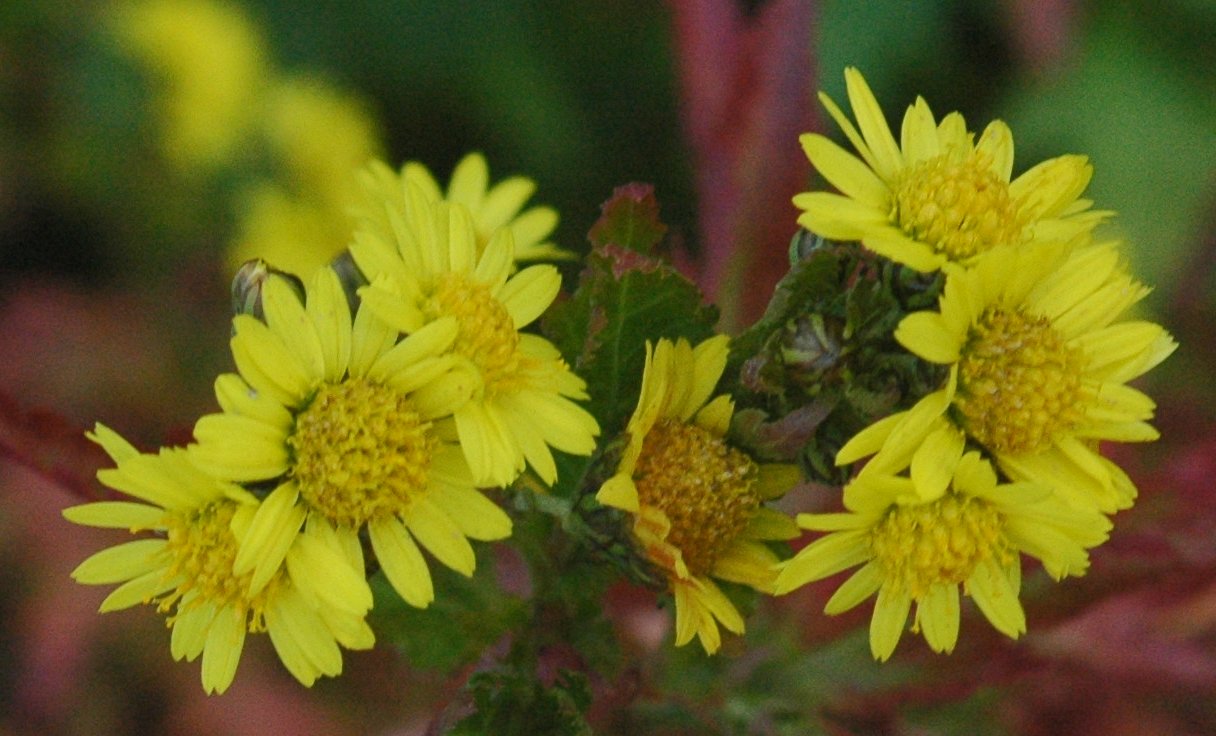November Birth Flower
By Naeem Noor | Updated on February 28, 2024
Reviewed by Rittika
The month of November has two birth flowers. The primary birth flower is the chrysanthemum, and the secondary flower is the peony.
November birth flower – Chrysanthemum
Chrysanthemum, scientifically known as Dendranthema X Grandiflorum; is commonly referred to as “mums.” Within the Asteraceae (daisy) family, chrysanthemum is a huge genus with fibrous root systems. Chrysanthemum is a herbaceous plant with big flower heads and deeply lobed leaves that can grow to a height of 50 to 150 cm.
Chrysanthemums are native to Asia and are a great option to use as decorations for autumn displays. China has been cultivating these stunning, vividly colored flowers for almost 2500 years. Chrysanthemums were brought to Europe and subsequently the United States by the 17th century.
The chrysanthemum is associated with grief and death in several parts of Europe. The Chinese and Japanese regard the chrysanthemum as a symbol of youth. It was thought to prolong life, maintain physical well-being, and prevent grey hair.
Chrysanthemums symbolize loyalty, friendship, joy, and love.
They come in a range of colors including yellow, orange, white, purple, pink, and red. Red represents true love, white represents innocence and honesty, yellow represents a wounded heart or neglected love, purple represents thoughtfulness and care, orange represents excitement and happiness, and pink signifies honor and love.
In China, chrysanthemums have long been used as an anti-inflammatory, blood pressure-lowering, and headache cure. They were also well-known for their decorative qualities, which made them a well-liked option for gardens and bouquets.
Fun fact: Chrysanthemums are the national flower of Japan. The Festival of Happiness displays and celebrates the chrysanthemum on 9th September every year.
November birth flower – Peony
Peonies, scientifically known as Paeonia, are renowned for their enormous, beautiful, and fragrant blooms. Though some are woody shrubs, the majority are herbaceous plants. Their leaves are complex and strongly lobed. The flowering season is brief for the flowers—usually lasting about 7 to 10 days.
Peonies are native to China. Their cultivation history is extensive, spanning more than 2000 years. Although there are various native species of peonies in Europe, they were not widely appreciated until the early 1800s when beautiful herbaceous peonies were brought over from China.
In the 7th century BCE, the Tang Dynasty in China started cultivating peonies in the imperial palaces. Early in the 11 century, their fame extended to Japan, and in the 18th century, it reached France and England. Later, they started to become more well-known in the United States in the late 1800s and early 1900s.
Peonies symbolize romance, honor, prosperity, and hope for a happy marriage when used in wedding florals.
Peonies come in a range of colors including red, pink, and white. Pink peonies symbolize good luck and prosperity, red peonies represent passion and love, and white peonies symbolize shyness and apology.
Peony plants can be used to effectively treat inflammation, blood clots, and general pain. They also contain immune-system and mood-boosting effects. They are used in gardens and landscapes in addition to being cut flowers that are frequently used as decorations in vases. Peonies are also a popular option for brides.
Fun fact: Peony plants have a life span of over 100 years.
November birth flower calendar
- November 1 birth flower
- November 2 birth flower
- November 3 birth flower
- November 4 birth flower
- November 5 birth flower
- November 6 birth flower
- November 7 birth flower
- November 8 birth flower
- November 9 birth flower
- November 10 birth flower
- November 11 birth flower
- November 12 birth flower
- November 13 birth flower
- November 14 birth flower
- November 15 birth flower
- November 16 birth flower
- November 17 birth flower
- November 18 birth flower
- November 1 birth flower
- November 20 birth flower
- November 21 birth flower
- November 22 birth flower
- November 23 birth flower
- November 24 birth flower
- November 25 birth flower
- November 26 birth flower
- November 27 birth flower
- November 28 birth flower
- November 29 birth flower
- November 30 birth flower
- November 31 birth flower
Guess the Flags Quiz
Sharing is caring 🤗

Chrysanthemum
| Scientific name | Dendranthema X Grandiflorum |
| Family | Asteraceae |
| Kingdom | Plantae |
| Order | Asterales |
| Sub Family | Asteroideae |
| Tribe | Anthemideae |

Peony
| Scientific name | Paeonia |
| Family | Paeoniaceae |
| Kingdom | Plantae |
| Order | Saxifragales |

